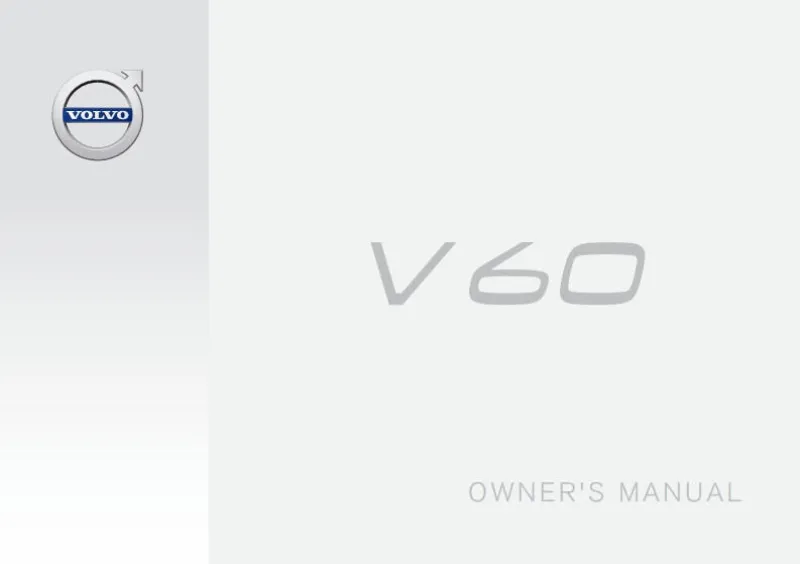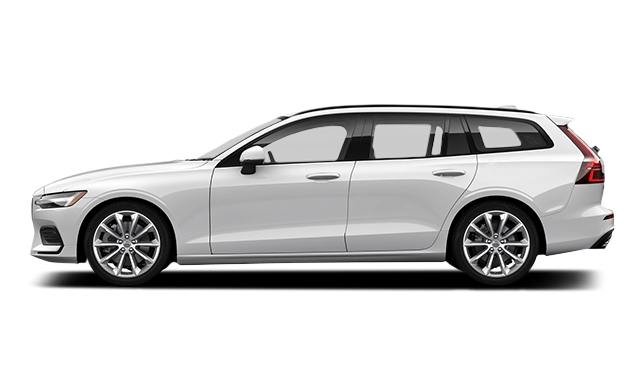2017 Volvo V60 Owner's Manual

Table of Contents
2017 Volvo V60 Overview
Introduction
The 2017 Volvo V60 is a luxurious sports wagon that combines dynamic performance with Scandinavian elegance. Designed with both style and substance in mind, the V60 stands out in a crowded market, offering the sort of versatility that meets the demands of modern drivers. With its streamlined profile and premium materials, the V60 is not just a vehicle; it is a statement of sophistication and practicality, catering to families and individuals alike.
Powertrains
The 2017 V60 is available with a range of powertrains that ensure impressive performance and efficiency. The base model typically features a 2.0-liter turbocharged inline-4 engine that delivers 240 horsepower and 258 lb-ft of torque. For those seeking a more spirited drive, the V60 T6 variant boasts a supercharged and turbocharged 2.0-liter inline-4, generating a robust 302 horsepower. Additionally, the V60 offers an all-wheel-drive option for enhanced traction and stability in varying conditions, making it a practical choice for all-season driving.
Trims
The 2017 Volvo V60 is offered in several well-appointed trims: the V60, V60 Premier, and V60 Platinum. Each trim level adds an array of premium features, with the Platinum trim showcasing leather upholstery, advanced navigation systems, and top-tier audio systems. Safety features also include Volvo's renowned suite of Driver Assistance technologies, helping to deliver peace of mind on every journey.
Features
Inside the cabin, the 2017 V60 impresses with its high-quality finishes and thoughtful design. Standard features include a 7-inch touchscreen infotainment system, Bluetooth connectivity, and a rearview camera, while higher trims offer amenities like a panoramic sunroof, premium sound systems, and adaptive cruise control. With ample cargo space, the V60 makes it easy to transport everything from sports gear to groceries.
Owners Manual
The owner's manual for the 2017 Volvo V60 is an essential resource for drivers, providing comprehensive information on vehicle operation and maintenance. From troubleshooting common issues to understanding the advanced technology features, the manual serves as a user-friendly guide that enhances the ownership experience, ensuring drivers can enjoy their V60 to the fullest potential.
User manual download
The Volvo V60 owner manual for the 2017 model year is to be found in PDF downloadable format on this page. The owner manual for the model year 2017 is free and in English, but the repair manuals are usually not easy to get and may cost more.
Manual Questions
Fill the form below and someone will help you!

